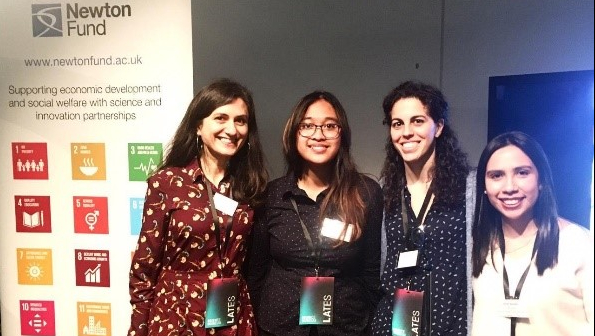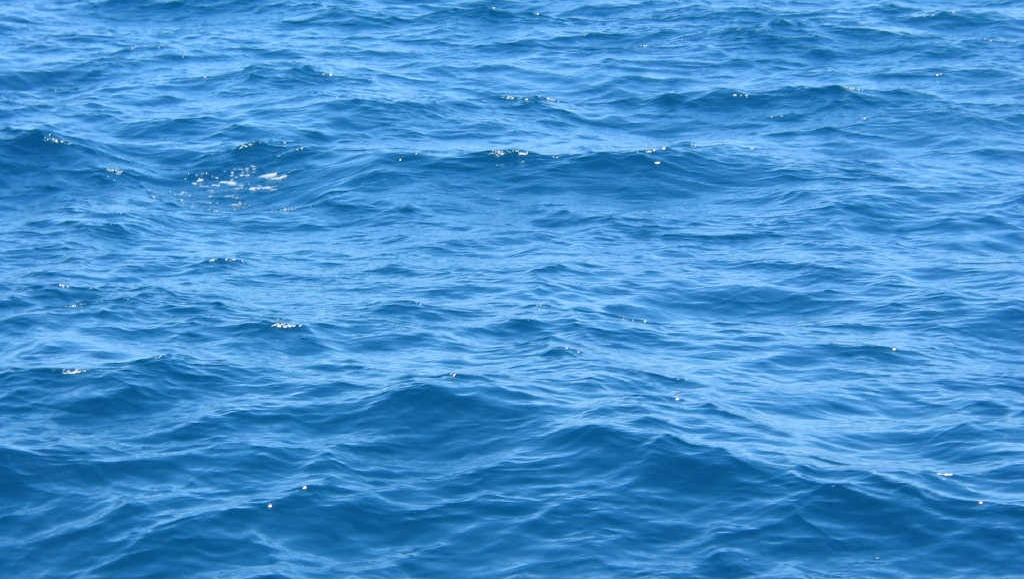The proposed project seeks to develop and test an affordable, portable and user-friendly integrated multisensor system for comprehensive water quality monitoring in Colombia. The real-time multisensing platform incorporates the monitoring of some key physicochemical parameters with a miniaturised electrochemical sensor for on-site heavy metals detection.
The main objectives of this project were:
Explore the utilisation of screen-printed electrochemical sensors for the reliable multidetection of heavy metals typically found in polluted Colombian rivers, such as cadmium, lead, copper and mercury
Test the sensitivity, reproducibility and stability of the electrochemical sensors under laboratory conditions
Integrate the electrochemical sensor within an acquisition-monitoring multisensing system, which also monitors standard parameters of the water (pH, conductivity, dissolved oxygen and temperature)
Apply the developed technology for on-site monitoring of water in Amazon river to obtain a real-time information
Engage with the indigenous communities in Amazon rainforest to disseminate the potential impact of the sensing platform, train local personnel on its use for field tests, and collect their opinion and feedback
Project outline
Access to safe drinking water is a fundamental human right. Nevertheless, this right is not guaranteed to everyone in the world. In Colombia, illegal mining activities severely affects waters used for direct consumption, agriculture and fishing across rural municipalities and indigenous territories. Here, the incidence of mercury-derived diseases is warningly high. Therefore, the implementation of sensing systems for the effective monitoring of pollutants is vital to the assurance of water quality. Such systems can help to survey pollution and implement prevention and management strategies aimed at minimising environmental impacts and safeguarding public health. By combining the engineering of a low-cost, portable and easy-to-use water sensing tool with empowering communities in the use of technology and data collection, we propose to face the challenge of making the analysis and monitoring of drinking water simple, affordable, and accessible to all.
Science
One of the main outcome of this project has been the successful development of an electrochemical sensor for the simultaneous detection of heavy metals of high concern in Colombia (lead, copper and mercury) and the validation of this technology against standard analytical methods. Also, the integration of the sensor in a multisensing platform together with the implementation of the technology in the field to perform on-site analysis of water in remote areas of Colombian Amazon have been a fruitful outcomes of this project.
To disseminate our activity in the community of Santa Sofia (Amazon), a brief documentary “Water Sweet Water” has been produced in this regard.
Impact
In order to guarantee the fundamental rights of vulnerable communities in Colombia and to protect the environment, it is necessary to have a control of the level of pollution of drinking water. In remote places, which are also prone to become scenarios of uncontrolled high pollution, it is crucial the implementation of effective monitoring tools that are cheap, easy-to-use and that can operate on-site and in real-time. Those requirements cannot be met by traditional analytical tools, which are expensive, lab-based and therefore time consuming, not suitable for real-time measurements and require expert personnel. Therefore, we have developed in this project a multisensing platform that is simple to use and provides in real time a rapid overview of water quality, while informing on the presence of harmful concentrations of toxic heavy metals. This tool makes possible the collection of real data that can provide an overview of the environmental and health issues to which the over 8 million citizens, living in mining areas, are exposed to.
Alternative contacts for this project are Pedro Estrela and Jannis Wenk.


